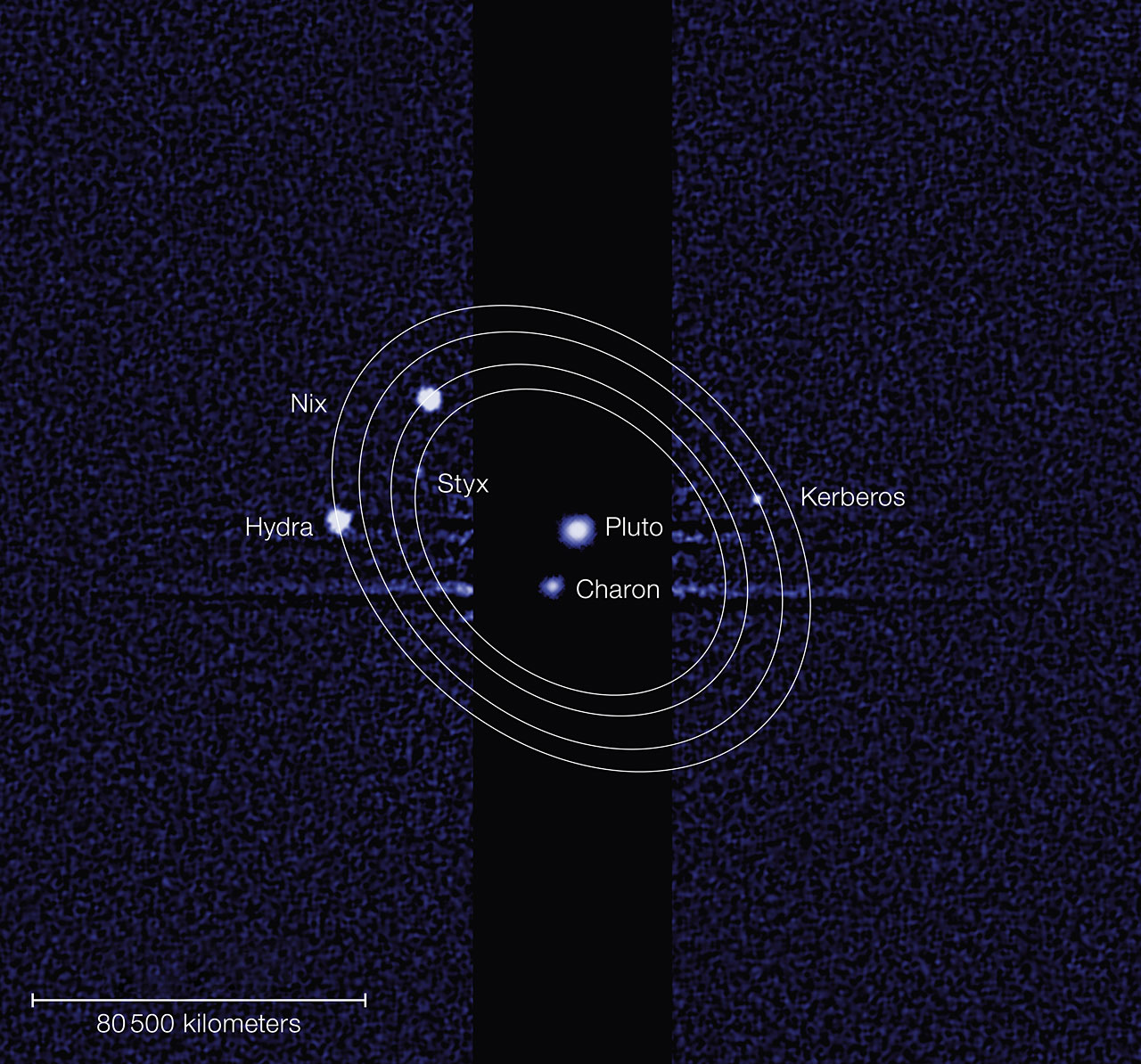Pluto's done it again. That little rock located millions of miles away seems to have a knack for causing drama down here on Earth.
The first dwarf planet ever discovered in our solar system, astronomers made the mistake of referring to Pluto as simply a planet. By the 90's astronomers were beginning to realize there might be a lot of other objects in our solar system that were similar in size to Pluto. Sure enough, in 2003, what later came to be known as Eris was discovered.
Dwarf planet Eris is actually more massive than Pluto, and has at least one satellite to boot. Eris and Pluto are both trans-neptunian objects, meaning, their location in our solar system is beyond Neptune's orbit.
When the International Astronomical Union (IAU) decided it was time to devise a new classification for Pluto and Eris and the other dwarf planets being discovered, there was an uproar. In 2006 the IAU voted on resolution B5. The definition of a planet became:
A celestial body that (a) is in orbit around the Sun, (b) has sufficient mass for its self-gravity to overcome rigid body forces so that it assumes a hydrostatic equilibrium (nearly round) shape, and (c) has cleared the neighbourhood around its orbit.
76 years after its discovery in 1930, Pluto was officially bumped out of the planet category. Earthlings everywhere were outraged.
Now another 7 years later, the IAU has upset Pluto lovers again, at least, Pluto lovers who also love Star Trek. It was recently discovered that Pluto has not only 3 moons, but 5. Pluto's largest moon Charon was discovered in 1978. Nix and Hydra were discovered in 2005. In 2011 and 2012, 2 more moons, smaller than any of the others, were discovered.
The IAU has the final say when it comes to naming solar system objects, but it was decided a public vote might spark some interest in in planetary science.
William Shatner led a movement to name one of the moons Vulcan. Many Trekkies were on board with the idea, and in the end, the name Vulcan had the most votes. Unfortunately the IAU wasn't on board.
The term “vulcanoid” remains attached to any asteroid existing inside the orbit of Mercury, and the name Vulcan could not be accepted for one of Pluto’s satellites (also, Vulcan does not fit into the underworld mythological scheme).
And so, instead, the newly discovered moons have been name Styx and Kerberos. William Shatner tweeted his disappointment.
Read the full press release from the IAU here
Pluto, no one may be able to say you're their favorite planet anymore, but clearly, you're our favorite dwarf planet.

